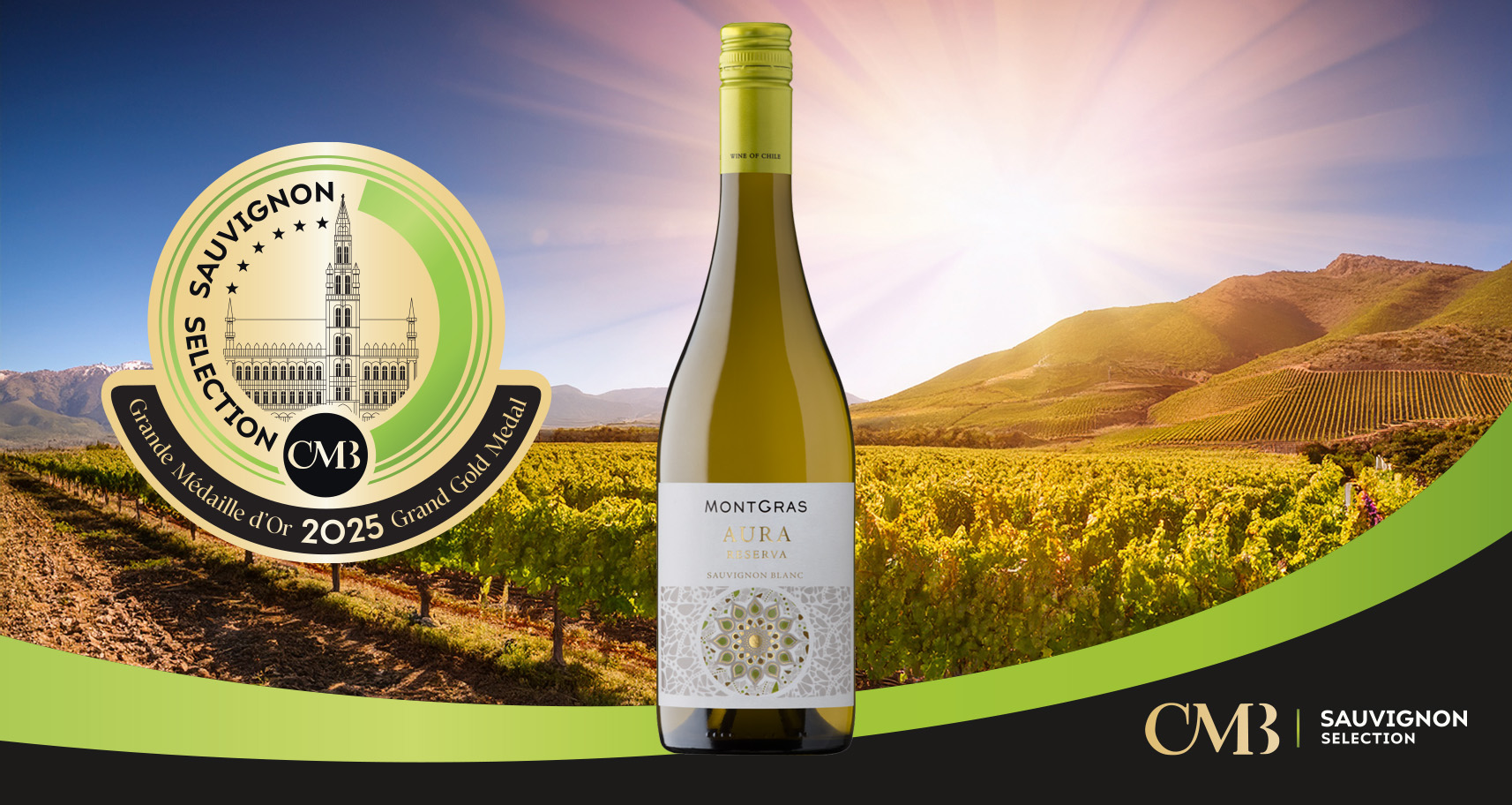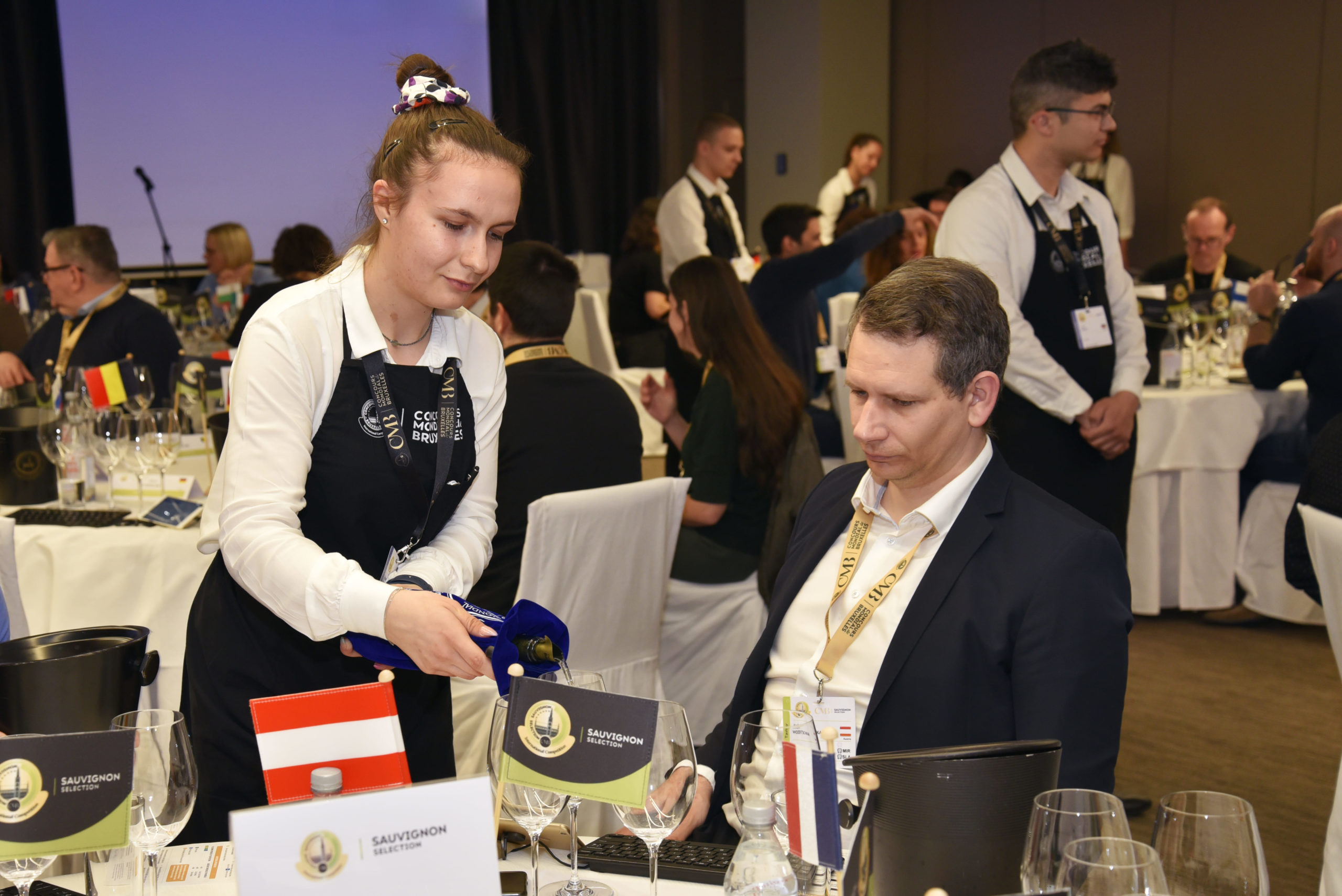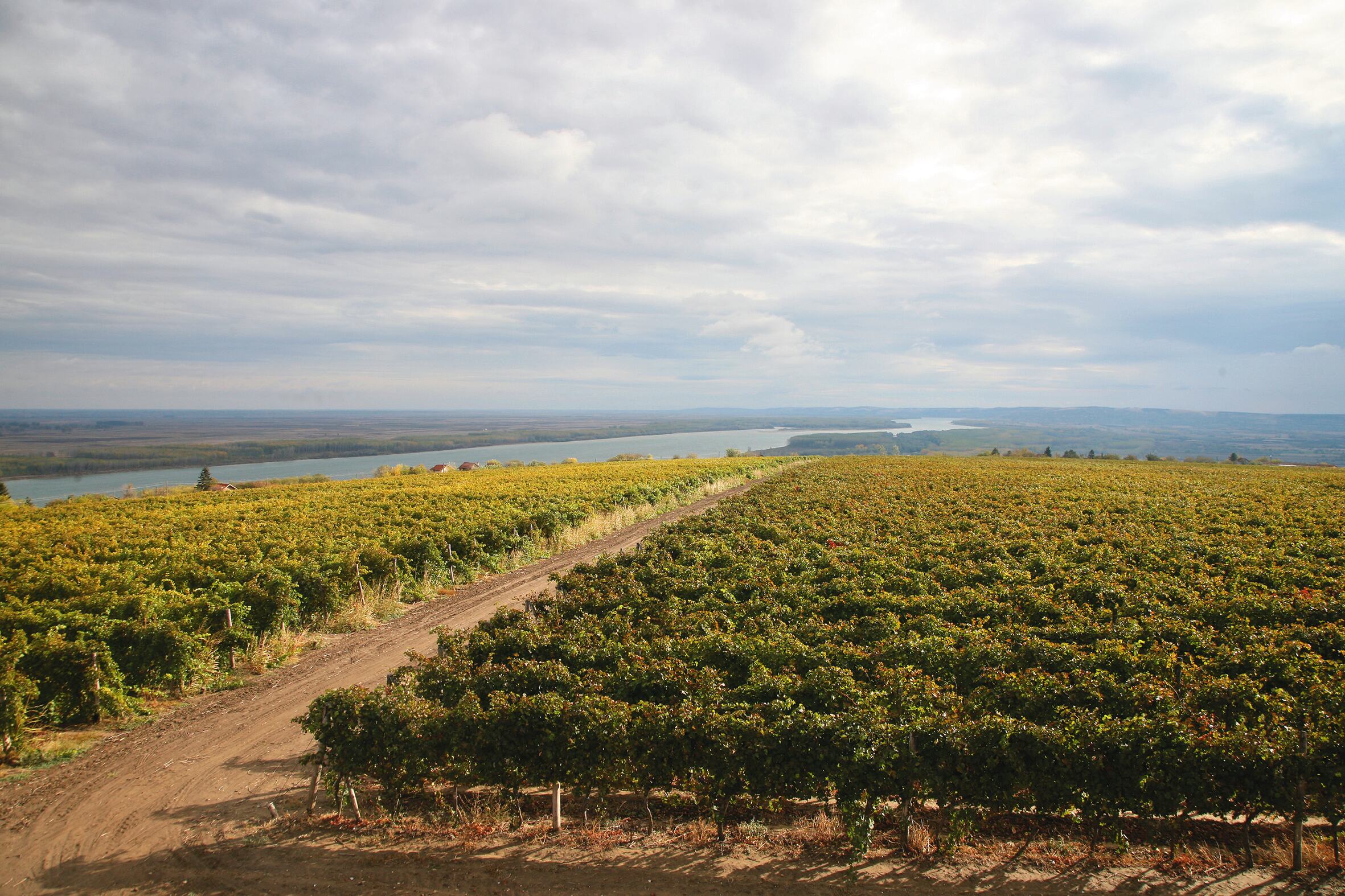The evolution of Sauvignon styles around the world
Wine styles are about connections: between grapes, sun, weather, soil and the cultures that create them. Sauvignon Blanc is no exception. If we look at the grape’s development as a ‘single variety’ wine and its history over the last 50 years, this is as much culturally driven, as by terroir. Both ‘new’ and evolving ‘older’ Sauvignon styles are the result of a creative tension between the classic French regions, Bordeaux and the Loire Valley, and various parts of the New World that have either adapted Old World styles or openly rebelled against them by taking the grape in entirely new directions. This back and forth interchange has managed to positively sharpen Sauvignon’s edge everywhere. Today, there are roughly four main styles of Sauvignon globally, with a few variations intent on keeping our palates interested. On one hand we have warmer climate, softer, fuller bodied, fruit and barrique-driven Bordeaux and New World Fume Blanc styles. On the other, we have cooler climate, finer bodied, higher acid, floral-herbal driven styles from the Loire and New Zealand.
Fume Blanc
Sauvignon Blanc is fundamentally a Californian invention because they developed the concept of naming wine after a grape, instead of a place
Prior to the 1960s, Californians labeled their wines as Chablis, White Burgundy, ‘Hearty’ Red Burgundy, Madeira, Sherry, etc. Although these wines ‘alluded’ to the styles from their European homelands, they rarely tasted like them. What they did taste of was a grape variety—predictably so—which proved a truer way to guide and satisfy consumer expectations.
In the late 1960s, Robert Mondavi and other Californians, pioneered ‘single variety’ labeling, successfully introducing ‘Chardonnay’ and ‘Cab Sav’ to a new generation of wine consumers. Surprisingly, when Mondavi introduced Sauvignon Blanc it failed miserably because Americans disliked its overt grassy-herbal characters and sharp acidity.
Mondavi’s solution was to age Sauvignon Blanc in oak barriques, which softened textures and effectively hid grassy-herbal characters under barrel-derived vanilla and toast notes. Cleverly, he obscured the connection to Sauvignon by calling the wine ‘Fume Blanc,’ alluding to France’s classy Pouilly Fumé while also drawing attention to the smoky, charred oak characters consumers loved. Mondavi tamed Sauvignon into something more like Chardonnay (really more an exaggerated Bordeaux style), which consumers also loved. Almost instantly, Fume Blanc became a runaway success, creating not only THE template for many American Sauvignon styles, but also throughout the New World for decades after.
Over time, the style has evolved around riper, more complex pea, bean and tree fruit flavors and less overt ‘new’ oak barrel influence, steadily replaced with older ‘neutral’ barrels that smooth—more than flavor—wine. Lees maturation has created more savory flavors, while lees stirring has produced creamier textures. Small doses of all these techniques harmonize into a more sophisticated ‘complete’ Fume Blanc than styles from 40 years ago. Today’s ‘Barrique Fermented’ Sauvignons are the grandchildren of Fume Blanc.
Kiwi Savvy
New Zealand made its connection to Sauvignon Blanc through Ross Spence, who was studying wine in California when Fume Blanc first emerged there. After returning home he planted the country’s first Sauvignon Blanc vineyard in 1974. Fortunately (think $$$$$!), these vines didn’t behave like California’s warm-hearted Fume Blanc. Truer to its name, Kiwi Sauvignon went savage.
That’s because New Zealand’s intense sun—30% more UV light than up North—cranked up volumes by a factor of 10, amplifying subtle citrus/gooseberry ‘Loire style’ characters into more psychedelic, tropical notes: passion fruit, mango, guava, pineapple… But that was only half the equation.
Cool ocean winds and wide diurnal temperature shifts infuse NZ wine with naturally high acidity, while ramping up methoxypyrazine-driven grassy-herbal aromas into full blown nettle and tomato plant leafiness. Like Sancerre on steroids, Kiwi Savvy is defined by its dual personality of intense tropical fruitiness and ‘in your face’ herbal aromas. Where the Californians hid their herbal side, Kiwi ‘Savvy’ uninhibitedly celebrates it: loudly and proudly.
Although a few local aficionados appreciated Sauvignon’s ‘wild and crazy’ edginess, most New Zealand consumers preferred the country’s ultra-dull, semi-sweet mainstay, Muller-Thurgau. It took the British in the mid-1980s to recognize that Marlborough’s, Nelson’s, Martinborough’s and Waipara’s Sauvignons created a whole new stylistic genre. Something far beyond anything Bordeaux, Loire or Fume Blanc could—or would ever want to—deliver. Production desperately chased skyrocketing sales through the 1990 and 2000s as Kiwi Savvy systematically conquered the British, Scandinavian, American and Australian markets, with Asia clearly in its sights now.
The South Americans and Africans Respond
Early in the 1990s both Chile and South Africa quickly connected the commercial potential of this radical new style. Although sharing the same Southern Hemisphere’s UV intensity and cool oceanic influence, previously their Sauvignons were grown in warmer inland regions that ripened off herbal characters and softened acidity. To capture this new uber-trendy style both needed to ‘go coastal.’ Which is exactly where they’ve headed since.
Chilean Sauvignon Blanc has an intriguing history. Before phylloxera destroyed Bordeaux’s vineyards in the late 19th century, Sauvignon Blanc, Sauvignonasse and Semillon grew side-by-side in mixed vineyards and were co-fermented together as field blends. Because phylloxera never plagued Chile, this tradition survived in Chile’s warmer inland ‘old-vine’ vineyards. Forgotten over time, Chileans assumed these vineyards contained only Sauvignon Blanc. A misconception only realized in the 1990s when the truth was rediscovered.
Consequently, a lot of wine labeled Sauvignon Blanc has actually been either pure Sauvignonasse (Friuli’s Tocai Friulano) or pure Sauvignon Blanc or a mixture of both and/or Semillon. Which is kind of cool because this ‘fossilized’ style brings us closer to what white Bordeaux was originally like compared to Bordeaux now. Generally speaking those ‘ancient’ styles are fuller bodied, less acidic, less aromatic and less flavorful than pure Sauvignon Blanc.
Chile’s revolution exploded in the 1990s when pure Sauvignon Blanc was replanted in older vineyards and in newer, coastally influenced regions like Casablanca, Itata Valley, Bío-Bío, Colchagua, Leyda, San Antonio, Elqui and Limari.
While these cooler climate styles can capture NZ’s intense mix of tomato leaf, punchy passion fruit and vibrant acidity, often Chile’s Old World restraint steps in, erring on the side of finesse and balance. Beyond this, Chile’s unique phylloxera-free, ungrafted vines, some speculate, produce more harmonious wines and purer varietal characters.
Similarly, South Africa had its own revolution around the same time. Emerging from Apartheid with diseased vines and obsolete technology, the country replanted with better Sauvignon clones and shifted vineyards nearer to the ocean’s cooling influence.
Where Stellenbosh was once the stronghold for warmer climate Sauvignon styles, whole new coastally influenced regions emerged, better able to sharpen up the grape’s focus: Elgin, Elim, Walker Bay and Cape Point.
As with Chile, these newer styles can capture the essentials of Kiwi style’s racy, herb and tropical fruitiness, but South Africa’s ‘Old World’ heritage often tones this down, keeping style fresh enough, but more subtlely fruited and finer.
Variations On a Theme
So where are the significant variations to these four main styles above?
Some Sauvignon styles trade cool coastal influences for mountainous elevation.
Austria’s prime Sauvignon region is Alpine influenced, South Styria. At its best, Styrian style is more citrus and mineral driven, crisp, taught and linear—think of Sauvignon leaning towards dry Riesling.
On the other side of the Alps, Alto Adige and Friuli offer Italy’s most successful Sauvignons. Generally, Italians like crisp, fresh, lighter bodied styles and both tend to be quite grassy, often with a whiff of gunpowder. Alto Adige, higher up into the Alps, is the lighter, crisper, finer, more minerally of the two.
But the New World has its own counter-pointing styles as well.
For example Kiwi Savvy isn’t universal to all New Zealand. It’s essentially South Island based, whereas the North Island’s Hawke’s Bay, in fact, has a much warmer climate, more akin to Bordeaux. Styles there are somewhere between Bordeaux-esque and Fume Blanc, although ‘Bordeaux on steroids’ or ‘Fume on acid’ might be a little more apt way of describing these.
And not all Americans have followed the Fume Blanc template either. Since the 1970s, Oregon’s cool climate has produced lighter, leaner, crisper Loire-like styles. Washington’s wide diurnal temperatures and intense sun can produce styles remarkably similar to New Zealand’s Hawke’s Bay. And California’s newer Sauvignon plantings have gravitated towards the cooler climates of Central Coast, Sonoma, Russian River and Anderson Valley, in search of crisper Loire/NZ styles.
Sauvignon’s Big Happy Family
As the Sauvignon world has shrunk in size, style becomes increasingly harder to pin down. Cross-fertilization—both back and forth—has blurred old borderlines, sometimes beyond recognition. It’s possible to find Bordeaux look-a-likes in Napa Valley and Fume Blanc in Bordeaux or Kiwi Savvies in the Loire or Chile or South Africa or Oregon… Styrian styles even exist in NZ. Sauvignon has grown up into large, positively diverse, global family.


